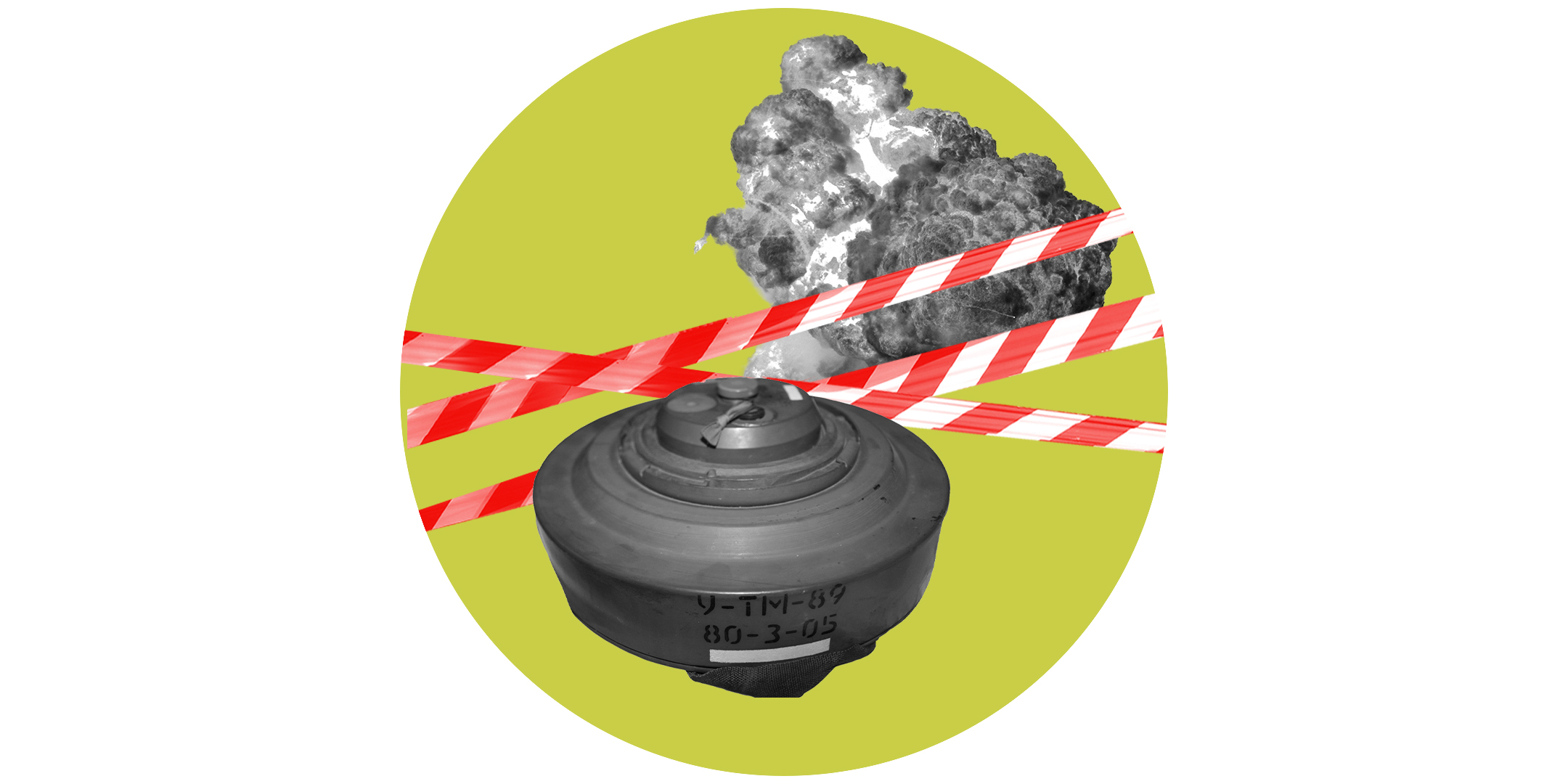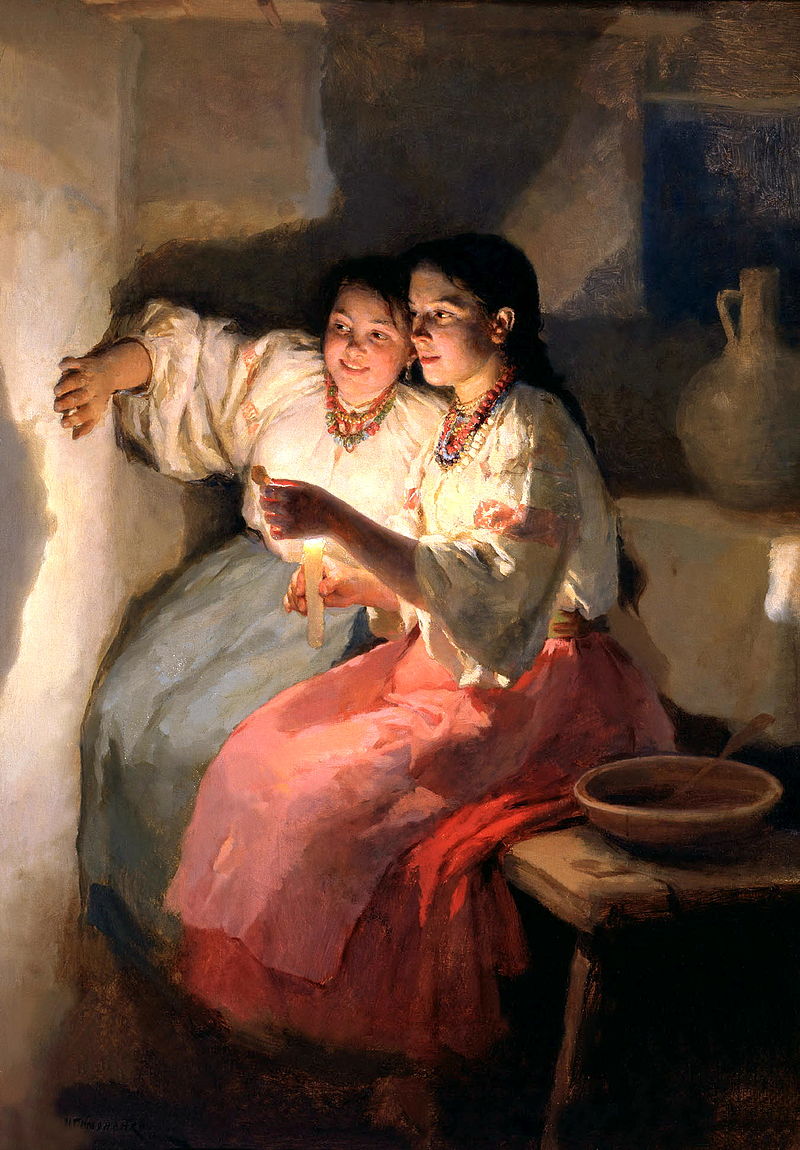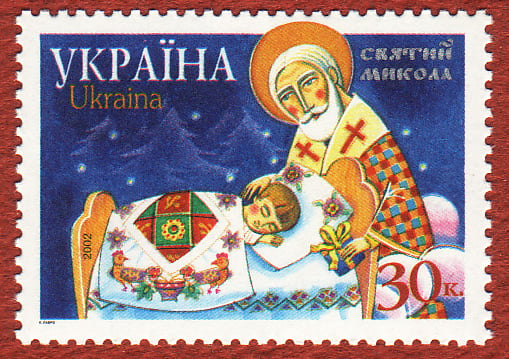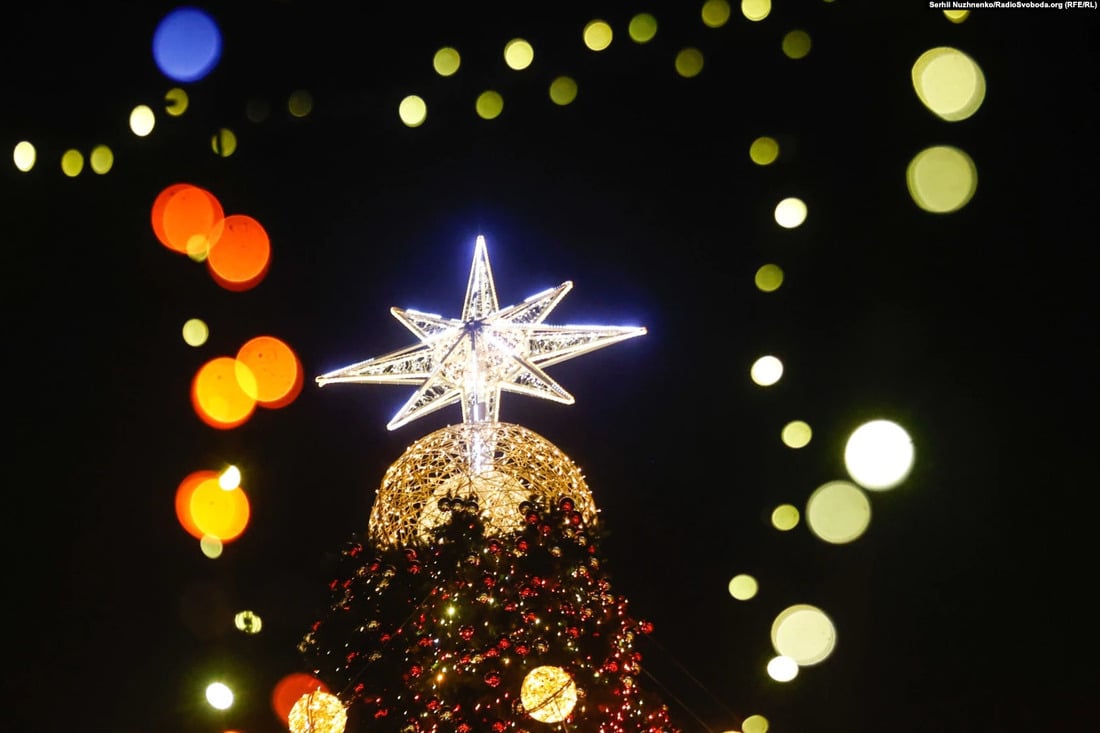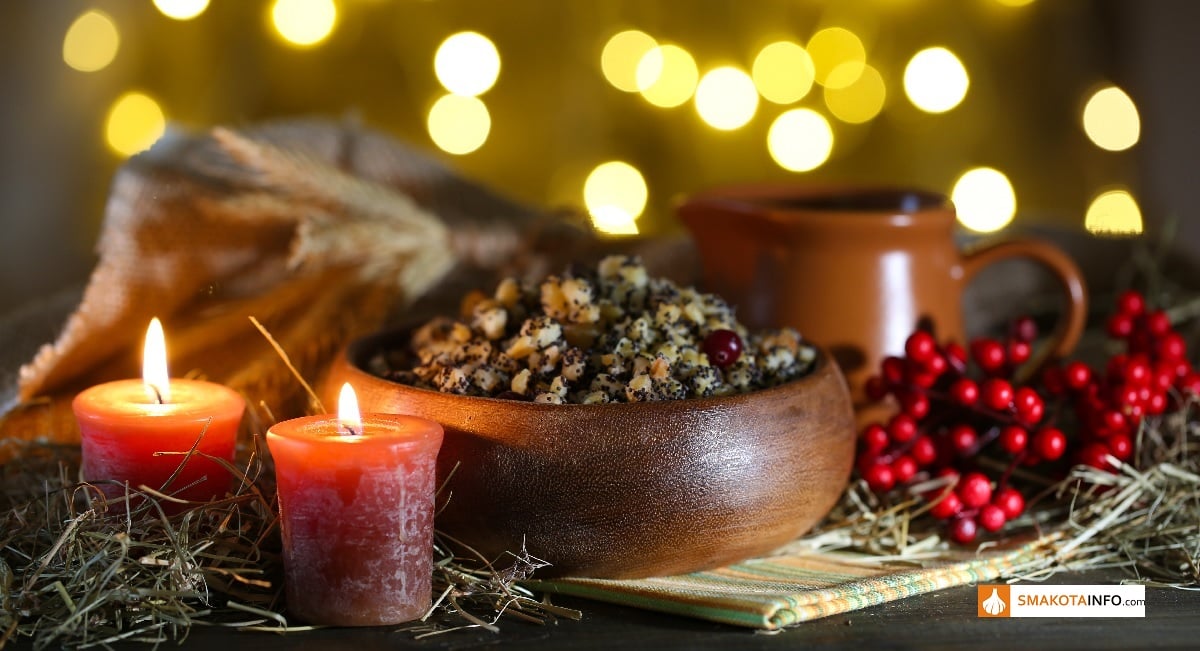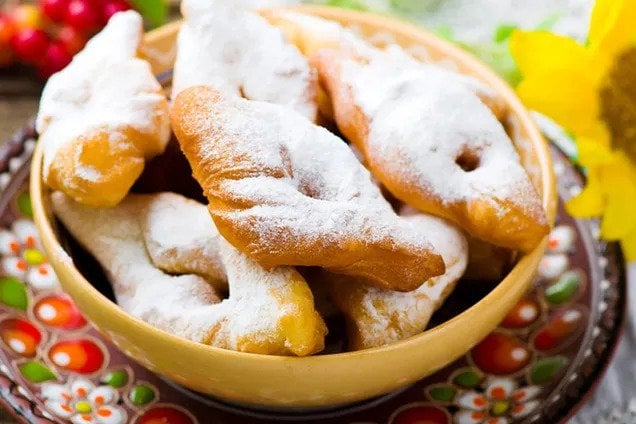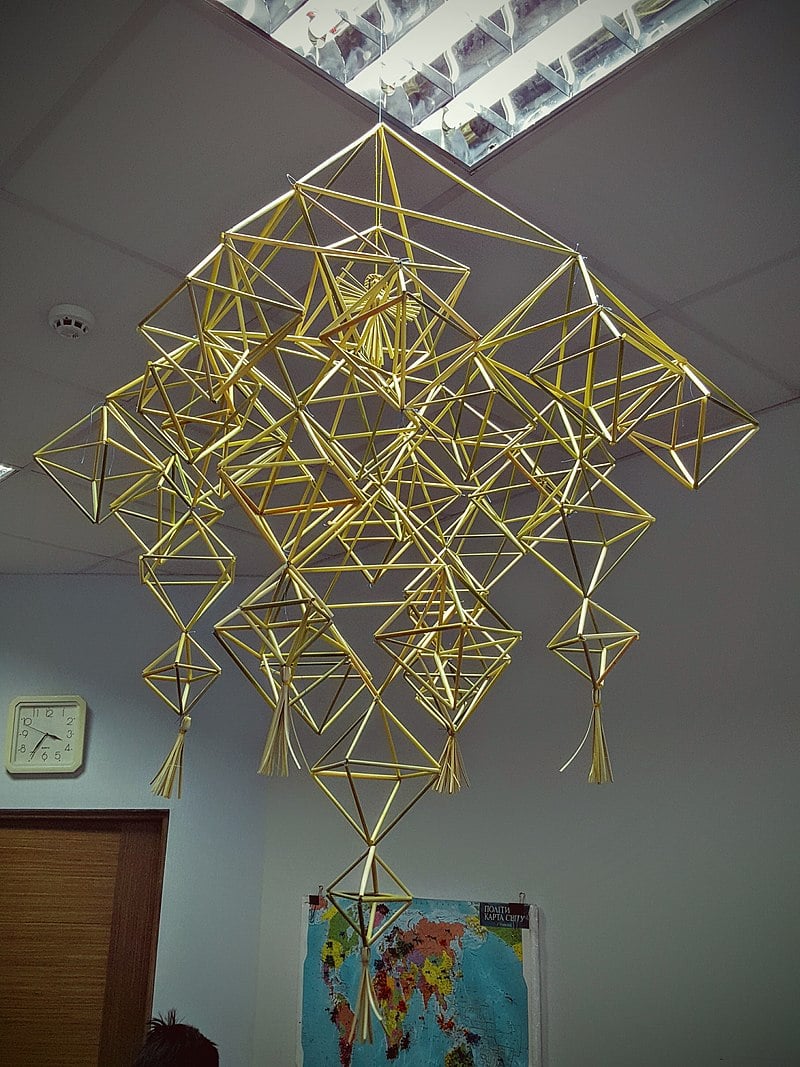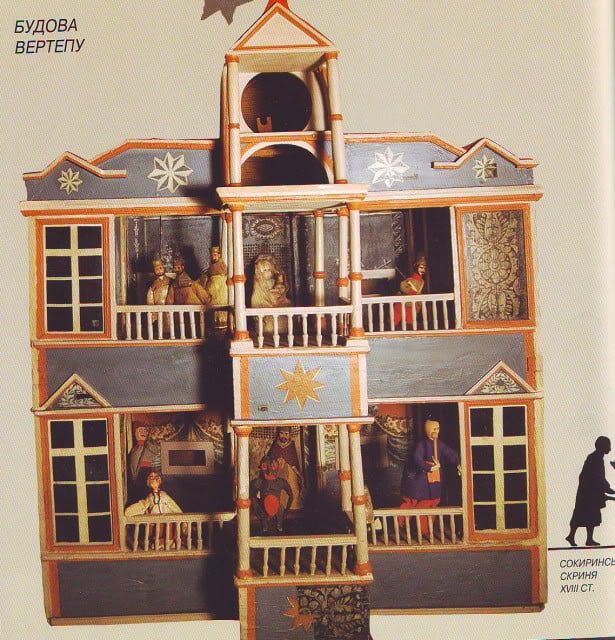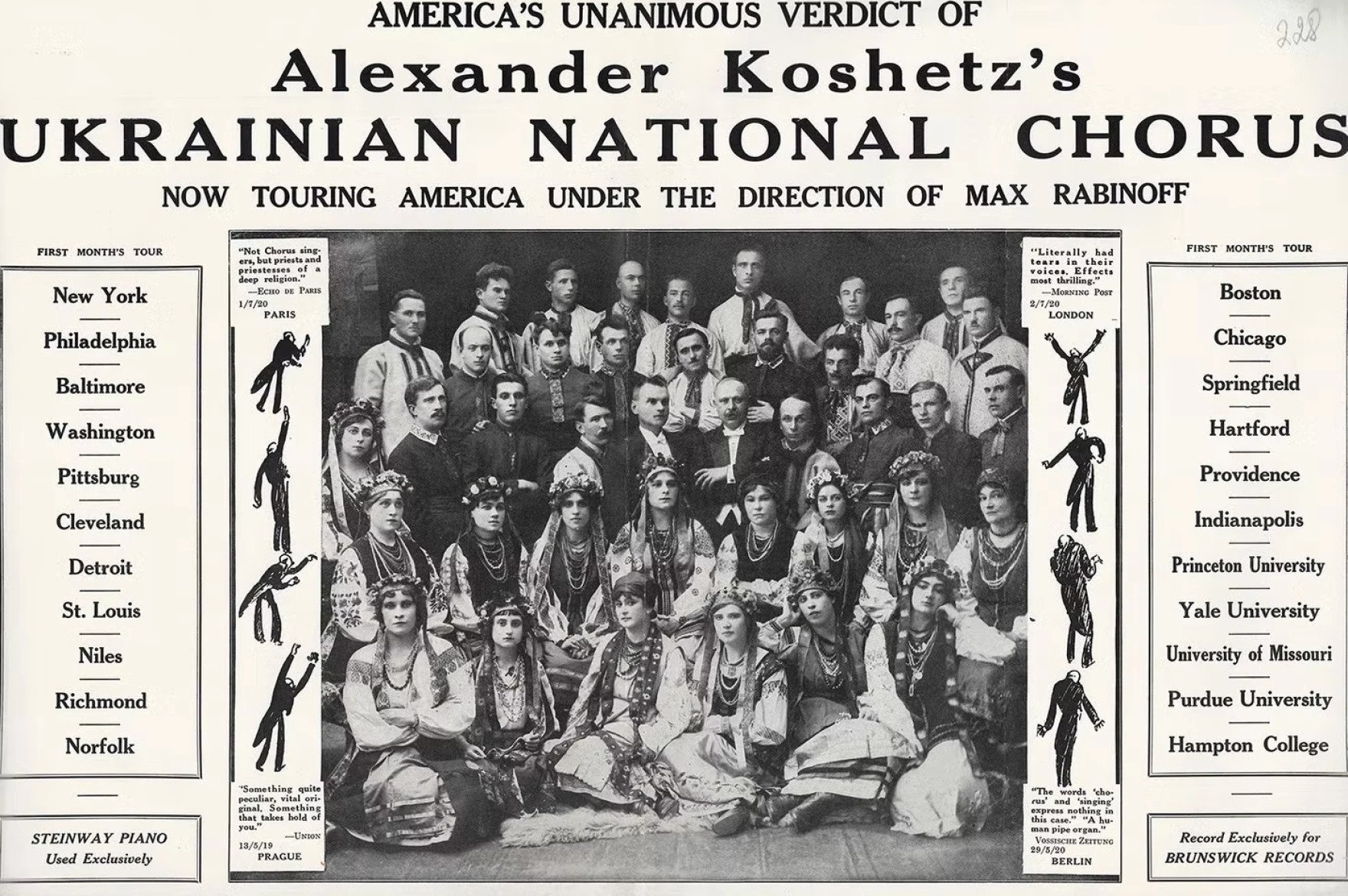
What is the problem?
Since the start of war, Christmas has become different for Ukrainians. Russia's war overshadowed the lives of the Ukrainian people and the holiday season. Some might argue that celebrating during the war is inappropriate, and for those on the front lines or in shelled cities, a holiday may be a luxury they cannot afford. However, we firmly believe that honoring the traditions and culture Russia is so eager to erase is vital. Join us and support ancient Ukrainian customs, so we can stop Russia from achieving its goal.
What is the solution?
What are the Christmas holidays in Ukraine like?
The Ukrainian Christmas is a harmonious blend of Christian customs and time-honored pagan rituals. Ukrainians have a rich spiritual culture spanning ancient times, later embracing Christianity brought to the country by Kyiv Prince Volodymyr the Great, who wanted to strengthen ideological and political ties with Western nations.
Since Ukraine always had long-standing agricultural roots, people have held a powerful connection to Earth and nature, so many traditions involve the rituals of attracting more harvest and prosperity. Christmas holidays are no exception.
Traditionally, the festivities began with the Day of Presentation of Mary (November 21 according to the Gregorian calendar / Dec 4 according to the Julian calendar mostly used by the Orthodox church), when the Ukrainian people tried to predict the future for the coming year. The myth was that the first person who visits your home on this day brings you either luck or misfortune. Different regions celebrate this holiday in different ways, but everywhere people tend to conjure harvest, wealth, and prosperity for the coming year.
Next is St. Catherine's Day (November 25 / December 7) and St. Andrew's Day (November 30 / December 13), when young people used to participate in magical ceremonies with charming traditional songs, dishes, and rites. On St. Catherine's Day — the day of a young woman's destiny — young women were asking their fate for a happy future. On St. Andrew's, they participated in divination and tried to foresee their future husbands and if they'll have a happy life.
Then comes St. Nicholas Day (December 6 / December 19). In the past, Ukrainian people brewed beer, invited guests, and drank and had fun. "Brewing beer on St. Nicholas Day is an ancient custom. In one carol, the brewery is presented as one of those sacred customs by which the world holds on in place," said Ukrainian ethnographer Oleksa Voropai in his work, Customs of Our People.
Nowadays, it is a children's holiday, though adults enjoy celebrating it too. On the eve of the holiday, children write letters to St. Nicholas with their wishes and drop them in the mailbox or put them on the window. Polite children find a gift under the pillow, and naughty children find a twig. At this time, Ukrainians also start decorating their Christmas trees, and preparations begin for Holy Night or Christmas Eve.
Why do Ukrainians have two Christmas Days?
Christmas in Ukraine has been long celebrated, unlike in most Christian countries, on January 7, according to an outdated calendar — the Julian calendar, which lags behind the astronomical neo-Julian and Gregorian calendars by 13 days, and illogically puts Christmas after the New Year's during the Christmas Fast.
In 2017, the Ukrainian parliament declared that December 25 is Christmas Day and a public holiday. So since then, many Ukrainians have celebrated two Christmases.
Recently, the Holy Synod of the Orthodox Church of Ukraine allowed celebrating Christmas on December 25 if the parishioners so desire. Therefore, the church and most people may very soon switch to the new calendar entirely like most Christians.
As for Ukrainian ancestors, the order of holidays was clear: first goes St. Nicholas, then Christmas, and then New Year's Eve or the Generous Night. Forty days before Christmas, people begin Christmas Fast, during which you can not eat meat, eggs, cheese, dairy products, or butter. When Ukrainian people prepare Christmas dinner, they keep that in mind.
Fun facts about Christmas in Ukraine: celebrate like Ukrainian
Ukrainian Christmas Eve dinner — Holy Dinner
From time immemorial, people in Ukraine have been creating an image of wealth, happiness, peace, and tranquility in their homes on Christmas Eve by word and deed, verbal and magical acts.
Traditionally, the hostess prepared 12 festive evening dishes, like
- uzvar (compote made of dried fruit),
- peas,
- beans,
- fried cabbage,
- fish,
- varenyky (dumplings with filling),
- potatoes,
- mushrooms,
- buckwheat porridge,
- cabbage rolls,
- cakes with poppy seeds, etc.
The dish made of pounded wheat with raisins, poppy seeds, nuts, and honey, called kutia, is the main traditional dish on the table and is placed near the most honorable place in the house — an altar, a corner of the room where Ukrainians put valuable things, like icons, the Bible, and candles. Kutia is the first thing everyone eats before tasting other dishes. There is also a custom of sending children with this dish to their relatives, especially godparents.
The hosts made traditional Christmas cookies for people with sweet tooth and children called verhuny. These pastries are cooked in oil and seasoned with sugar powder. The cookies were also often given away to carolers with the best songs.
"In this rich but light dinner, the hostess presents the most important fruits of the field and garden. As if giving a report to the new year for his wealth in the past year," said ethnographer Oleksa Voropai. According to general custom, you can't eat until the first evening star has risen, which announces a great miracle, the birth of the Son of God.
Decorate like Ukrainian
The custom of putting up a Christmas tree on holidays came to Ukraine from Western Europe. The first Christmas tree was installed in December 1811 in Odesa for a Christmas ball given by the city's mayor. Then ordinary Ukrainians decorated the tree with an eight-pointed star at the top, pieces of sugar, glass necklaces, nuts, gingerbreads, and apples, until the advent of Western ornaments.
However, Ukraine has even more traditional Christmas decorations to offer. The first one is called didukh — the most crucial household element on Christmas. When the sun is about to set, the home altar is decorated with a sheaf of rye as a symbol of the harvest, prosperity, and wealth that personifies the spirit of ancestors (the name didukh can be translated to "grandfather's spirit").
Another alternative piece for a Christmas tree is a straw "spider." This Christmas composition is made of straw and looks like a web. Ukrainian people consider the spider to be a symbol of Christmas and the building of the universe. Our ancestors also used this decoration as a symbol of agriculture and prosperity.
Another traditional decoration and attribute that Ukrainians use during Christmas caroling is the Christmas star. As a rule, it is a sieve with eight "horns" pasted over with multi-colored oiled paper decorated with foil, ribbons, and tassels. A candle was put inside the star, making it a "magic lantern."
Every Christmas decoration was homemade. Families made unique ornaments, including figurines of hedgehogs and doves, and created little angels and stars from straw and grass. If you want to try to make a traditional Ukrainian Christmas decoration, check out our guide on how to DIY the didukh and the spider.
Try fun Ukrainian Christmas traditions and rites
Caroling
Christmas caroling, called koliada, starts on Christmas Eve. Traditionally, children are the first ones to go caroling. Besides them, adult carolers also carol on the first day of the Christmas holidays. They walk with a Christmas star and a bell. A group of carolers is five people: a leader, a star bearer, a bell ringer, a bag bearer, and a spare, helping the bag bearer. Sometimes, carolers wear costumes of a devil, a crane, a bear, or a goat. The carols usually had breadmaking, hunting, military, fairy-tale, wedding, and religious and biblical motifs.
The carolers visit different houses in their village or town and ask the hosts' permission to praise Christ with a song. The hosts come out and listen. If they like carol, they give out cookies, candies, apples, money, etc., or even invite the whole party to the table as welcome guests. After that, all carolers bow three times to the hosts. Nothing stopped the caroling, even snow up to the knees and biting frost.
Vertep
On Christmas Day, townspeople, villagers, schoolchildren, and church singers gathered and carried a puppet theater with the nativity scene called vertep to the houses. Staging a nativity play at Christmas was a well-known and widespread custom throughout Ukraine.
Initially, the nativity scene was a small box covered with colored paper, where Ukrainians performed plays with the help of puppets fixed on an axis. The play had two parts. In the first part, there were scenes related to the birth of Christ and enacted biblical characters; the second was secular, with everyday stories about Good and Evil. According to the Christian tradition, the nativity scene box had two floors interpreted as "heaven" and "earth."
Over time, the nativity scene turned into a theatrical performance with many participants, called the vertep march. Although the Soviet Union persecuted the nativity scene tradition in the past, today, it is being revived again during the Christmas celebration.
Finish off with Ukrainian-style New Year or the Generous Night
The Generous Night comes a week after Christmas, on New Year's Eve. It is a remnant of an ancient, probably pre-Christian custom. According to the Christian calendar, this is the day of the saint Melania. In the folk tradition, both holidays were united, and now we have the Generous Evening or Malanka's holiday.
This New Year's ceremony includes traditional dress-up as animals and folklore characters. Young people wear traditional masks and engage in fun rites. For instance, they guide a "goat" (a person in a goat costume) and two ancestral characters — "grandmother" Malanka and "grandfather" Vasyl.
In ancient times, festive dress-up performed religious and magical functions, but this custom turned into a fun masquerade over time. Nowadays, people often use modern characters, like soldiers, doctors, celebrities, and politicians. However, ancient traditions still thrive, and one can encounter many classical characters of Malanka on the Generous Night in villages or during the Malanka Fest — a carnival held in the city of Chernivtsi on that day.
An essential part of the Makanka tradition is also caroling—the young and old spend the entire New Year's Eve walking around their village or town and singing special carols called shchedrivkas or Generous Carols. According to customs, unlike Christmas carols that mainly praise the birth of Christ, the Generous Carols wish the family well-being, a rich harvest, and prosperity.
Fun fact! The most famous Ukrainian shchedrivka has become the most famous international Christmas carol. You may know it by the name Carol of the Bells, but it is originally called Shchedryk.
Ukrainian composer Mykola Leontovych was commissioned to write an original score for a folklore song later to be performed by the Ukrainian National Chorus as part of a cultural diplomacy mission worldwide. At that time, Ukraine was working to affirm its independence and show its distinct identity after forming the Ukrainian People's Republic.
The song had an international premiere on October 5, 1922, to a sold-out audience at Carnegie Hall, New York. And recently, Carnegie Hall and many cultural figures, like Martin Scorsese as one of the concert's hosts, honored the 100th anniversary of the premiere and the Ukrainian culture, urging everyone to donate to UNITED24, a fundraising platform for Ukraine's reconstruction.
Если вы нашли ошибку, пожалуйста, выделите фрагмент текста и нажмите Ctrl+Enter.



